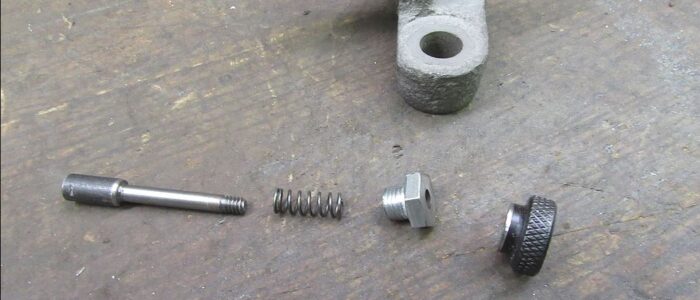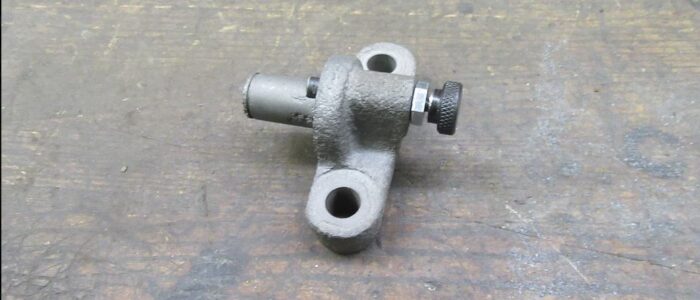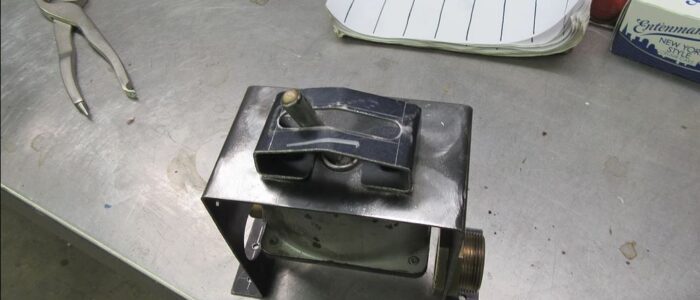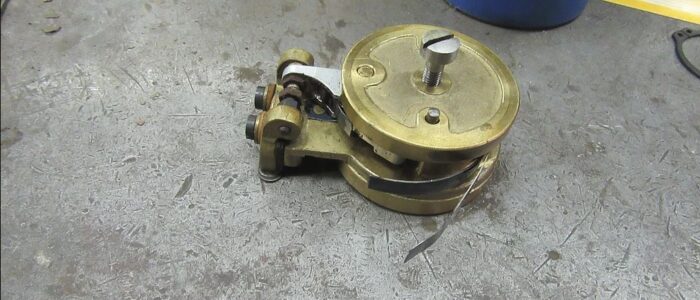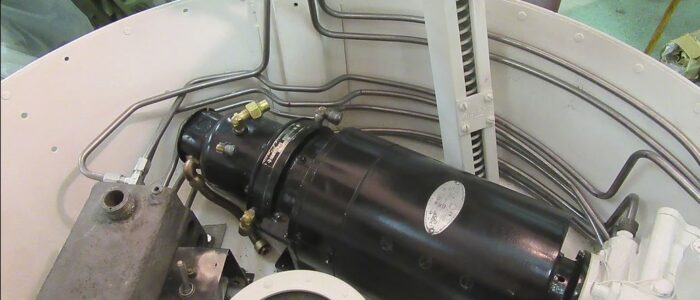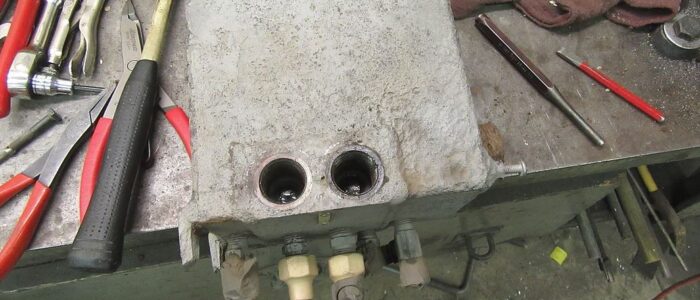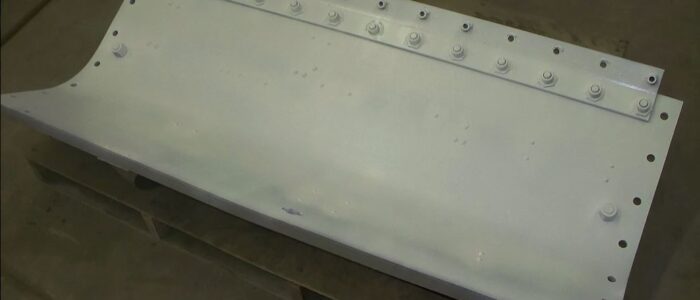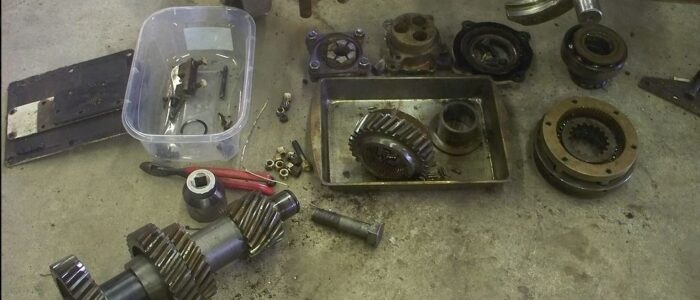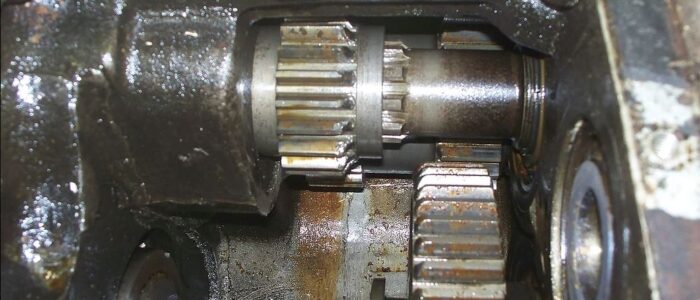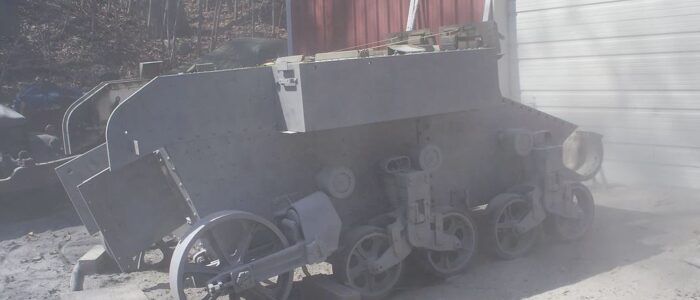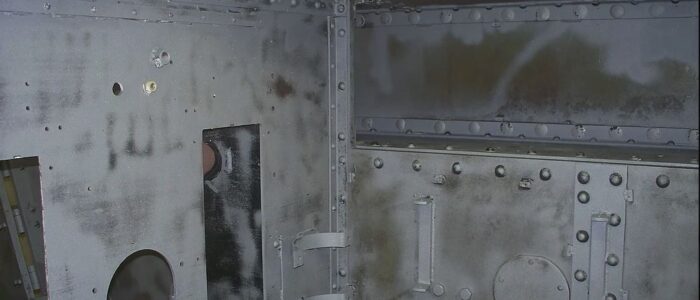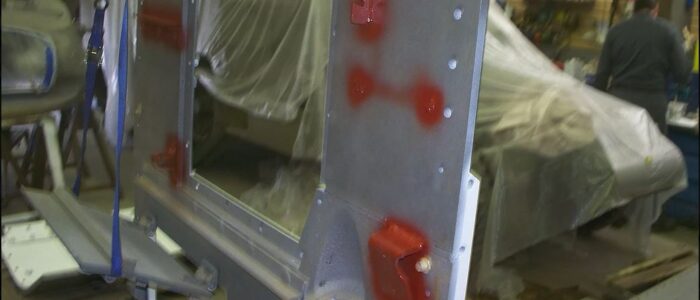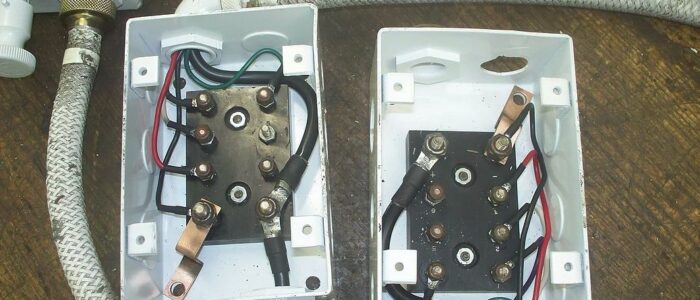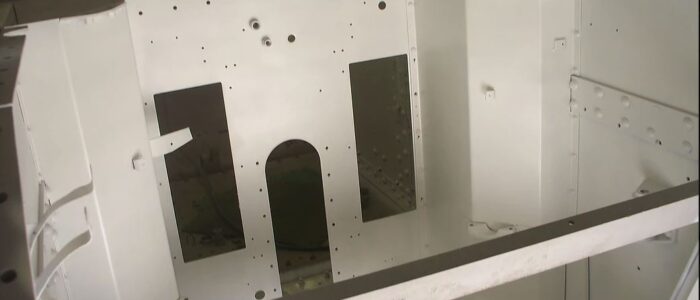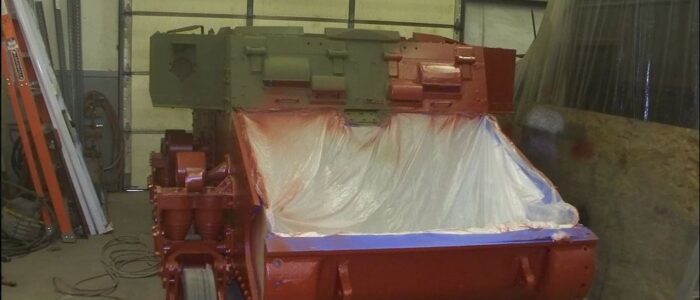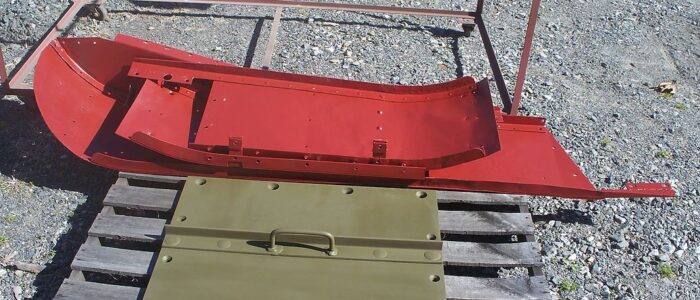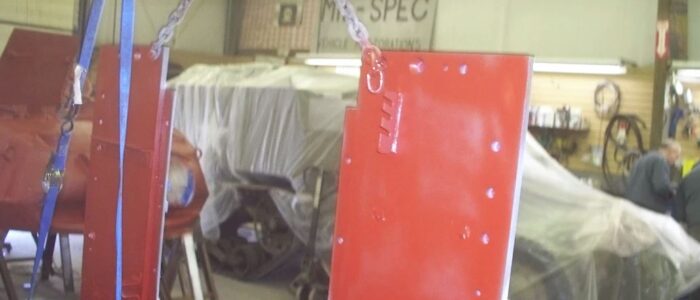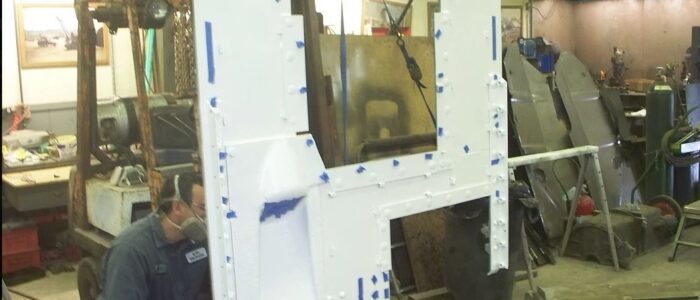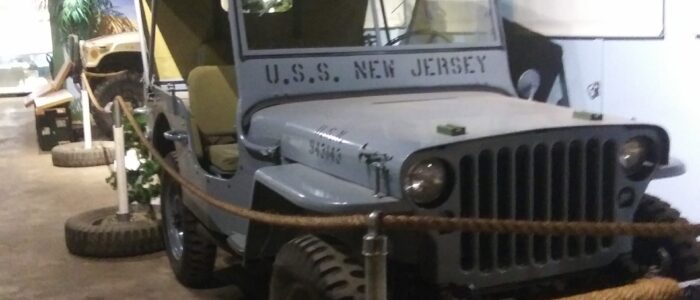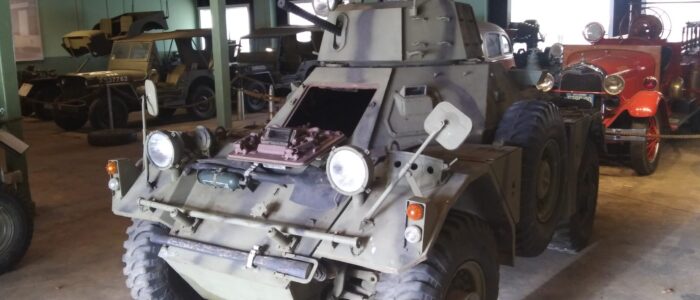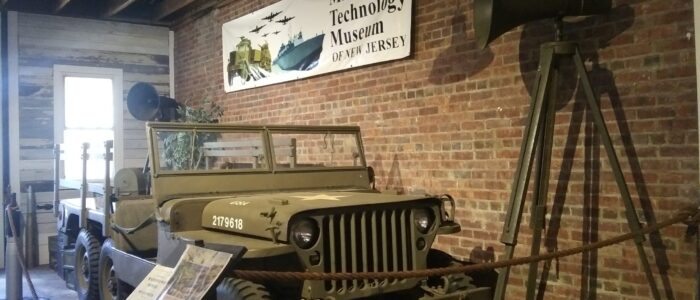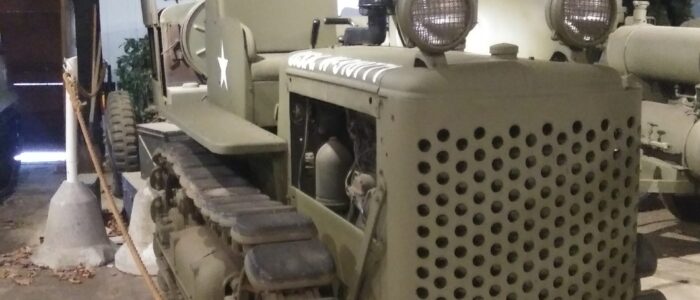History
The M3 Stuart, officially Light Tank, M3, was an American light tank of World War II. An improved version entered service as M5. It was supplied to British and other Commonwealth forces under lend-lease prior to the entry of the U.S. into the war. Thereafter, it was used by U.S. and Allied forces until the end of the war.
The British service name “Stuart” came from the American Civil War Confederate general J. E. B. Stuart and was used for both the M3 and the derivative M5 Light Tank. In U.S. use, the tanks were officially known as “Light Tank M3” and “Light Tank M5”.
Stuarts were the first American-crewed tanks in World War II to engage the enemy in tank versus tank combat.
The Stuart was also the light tank counterpart of the M3 Lee, which was a medium tank.
M3 Stuart Development
Observing events in Europe and Asia during World War II, American tank designers realized that the Light Tank M2 was becoming obsolete and set about improving it. The upgraded design, with thicker armor, modified suspension and new gun recoil system was called “Light Tank M3”. Production of the vehicle started in March 1941 and continued until October 1943. Like its direct predecessor, the M2A4, the M3 was initially armed with a 37 mm M5 gun and five .30-06 Browning M1919A4 machine guns: coaxial with the gun, on top of the turret in an M20 anti-aircraft mount, in a ball mount in right bow, and in the right and left hull sponsons. Later, the gun was replaced with the slightly longer M6, and the sponson machine guns were removed. For a light tank, the Stuart was fairly heavily armored. It had 38 mm of armor on the upper front hull, 44 mm on the lower front hull, 51 mm on the gun mantlet, 38 mm on the turret sides, 25 mm on the hull sides, and 25 mm on the hull rear.
The M3 and M3A1 variants were powered by an air-cooled radial engine, either a gasoline-fueled 7-cylinder Continental W-670 (8,936 built) or a 9-cylinder Guiberson T-1020 diesel (1,496 built). Both of these powerplants were originally developed as aircraft engines. Internally, the radial engine was at the rear and the transmission at the front of the tank’s hull. The propeller shaft connecting the engine and transmission ran through the middle of the fighting compartment. The radial engine’s crankshaft was positioned high off the hull bottom and contributed to the tank’s relatively tall profile. When a revolving turret floor was introduced in the M3 hybrid and M3A1, the crew had less room. A further 3,427 M3A3 variants were built with modified hull (similar to the M5), new turret and the Continental W-670 gasoline engine. In contrast to the M2A4, all M3/M5 series tanks had a trailing rear idler wheel for increased ground contact.
M3A1 Stuart Tank Restoration
As recovered, the M3A1 was in rough cosmetic and mechanical condition. As such, it was disassembled nearly to the component level, stripped, painted, wear parts replaced, and re-asssembed by Milspec Vehicle Restoration
This is the first test run of our fully restored M3A1 upon delivery in 2017.
At 250 HP, it can exceed 55 MPH. Not too bad for something that weighs 33500 pounds and was built in 1942….
Portions of content via Wikipedia under Creative Commons Attribution-Sharealike 3.0 Unported License (CC-BY-SA).
All other content copyright Military Technology Museum of New Jersey, Inc.

